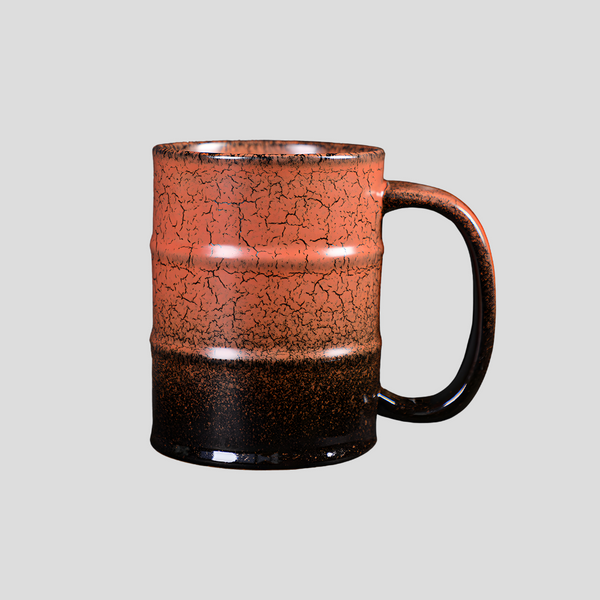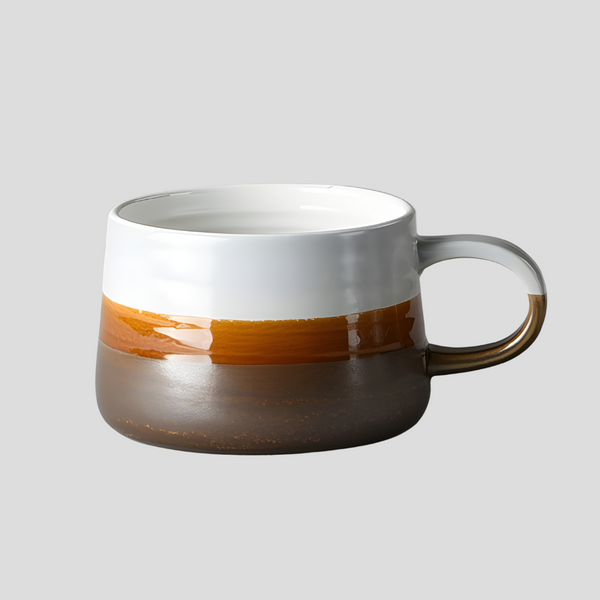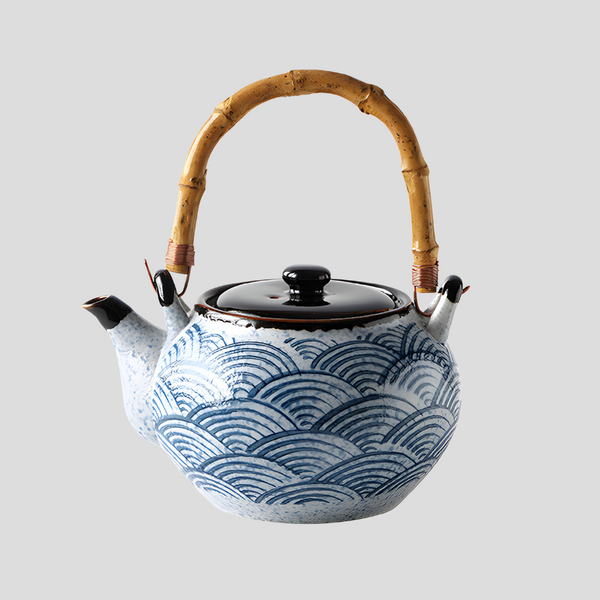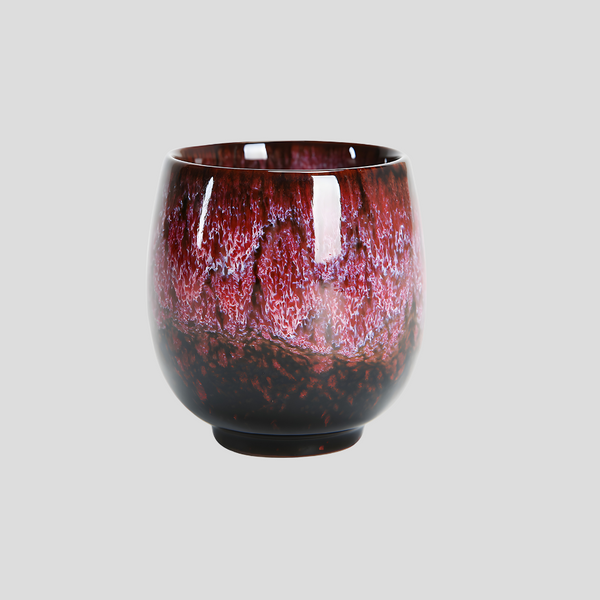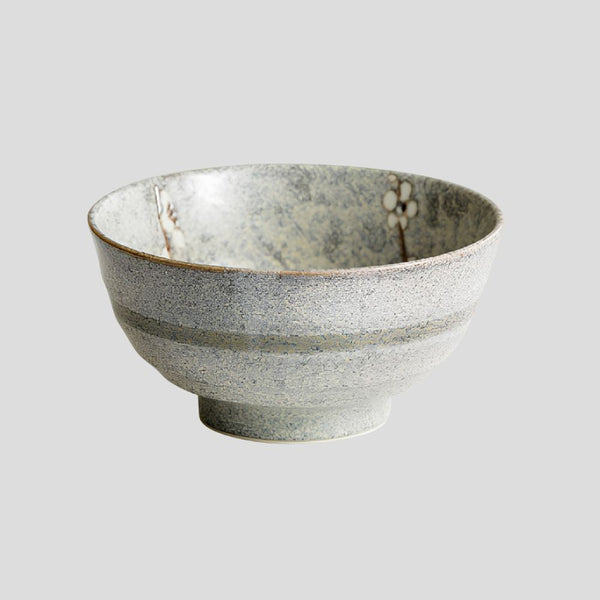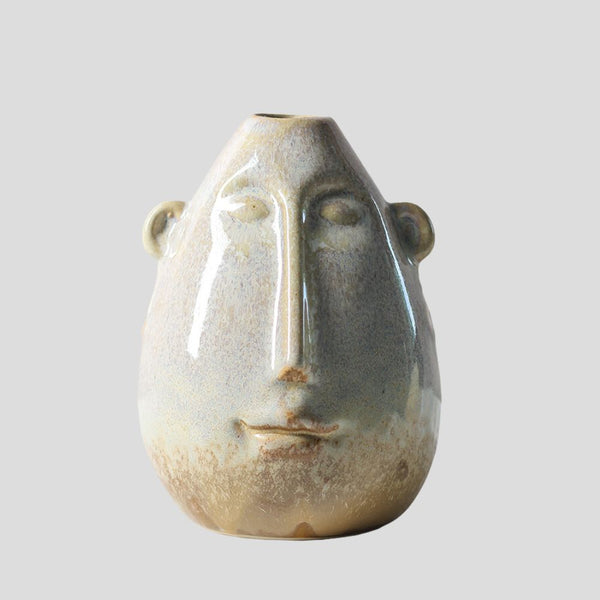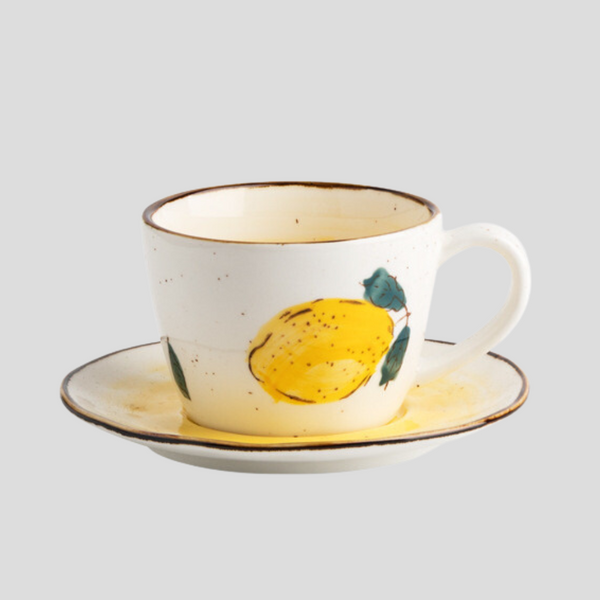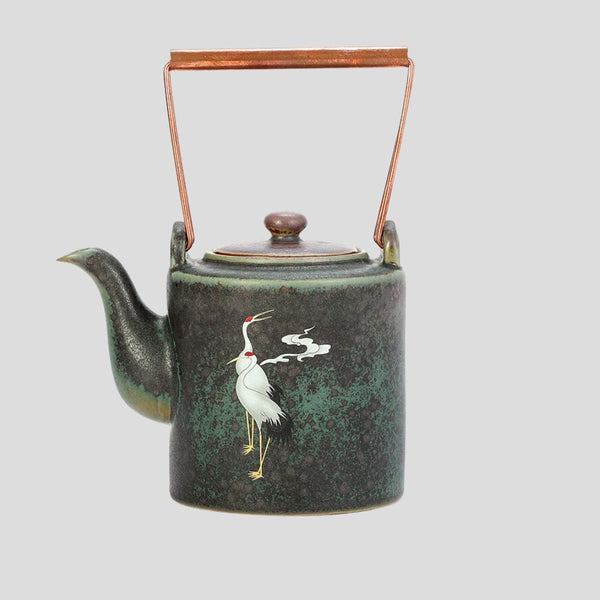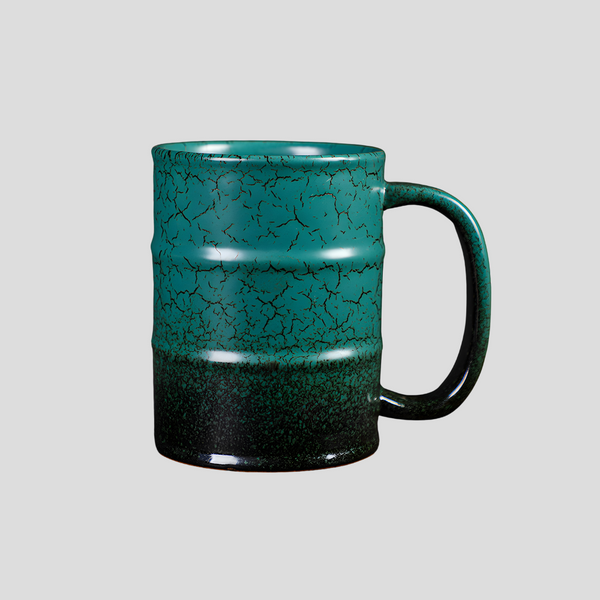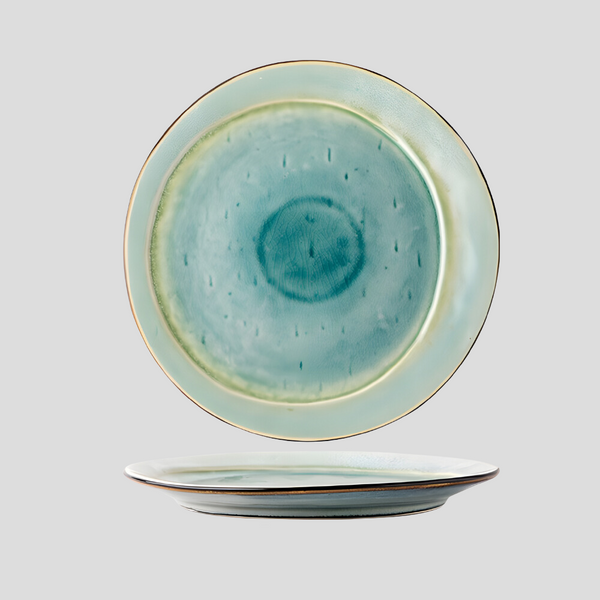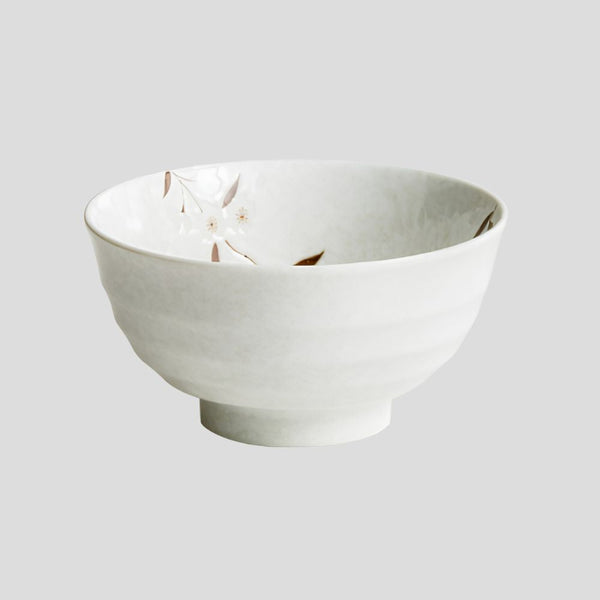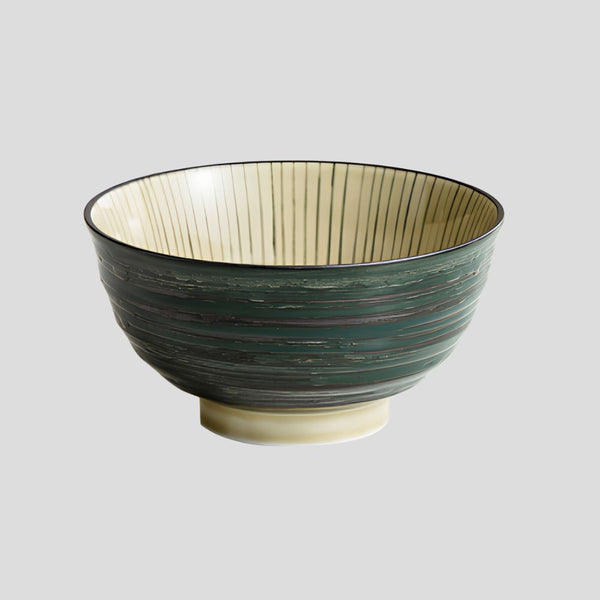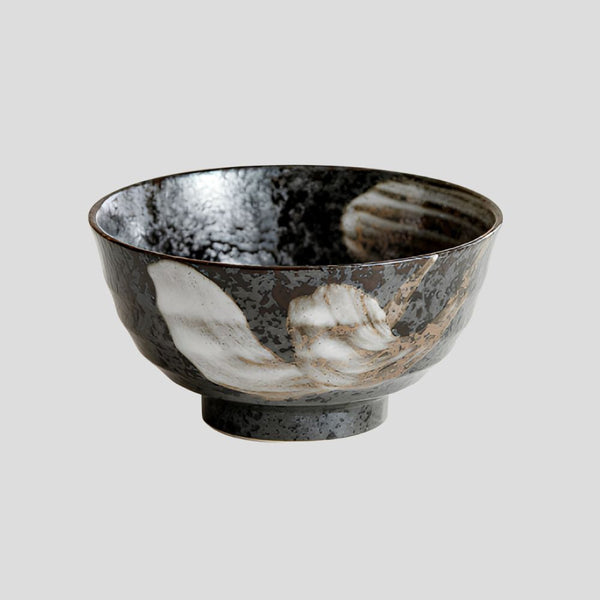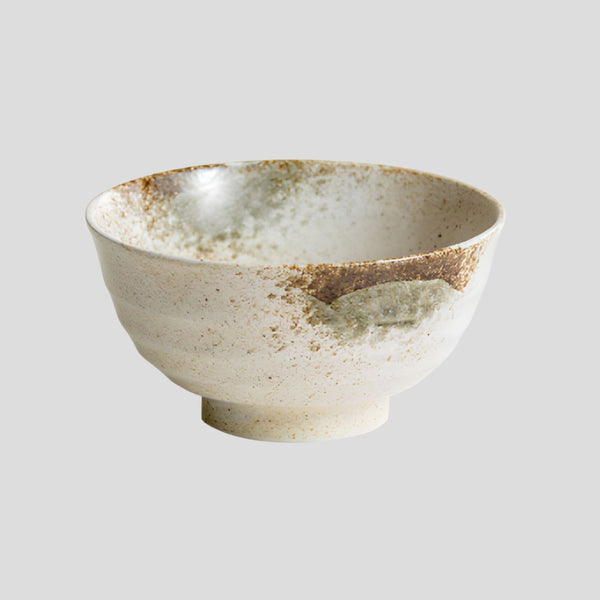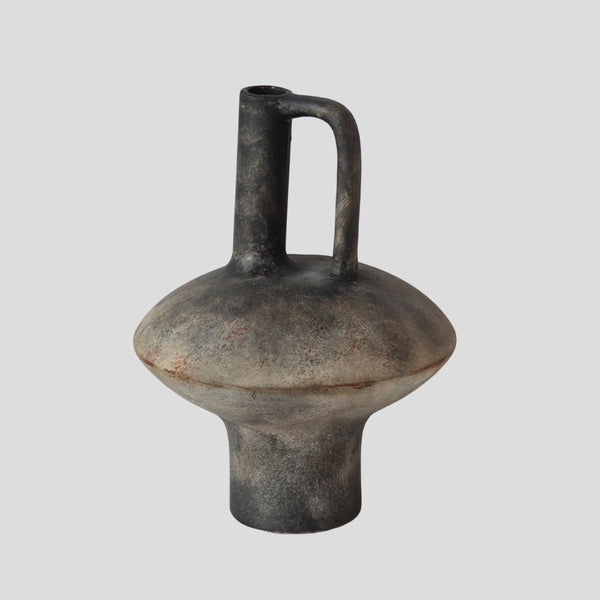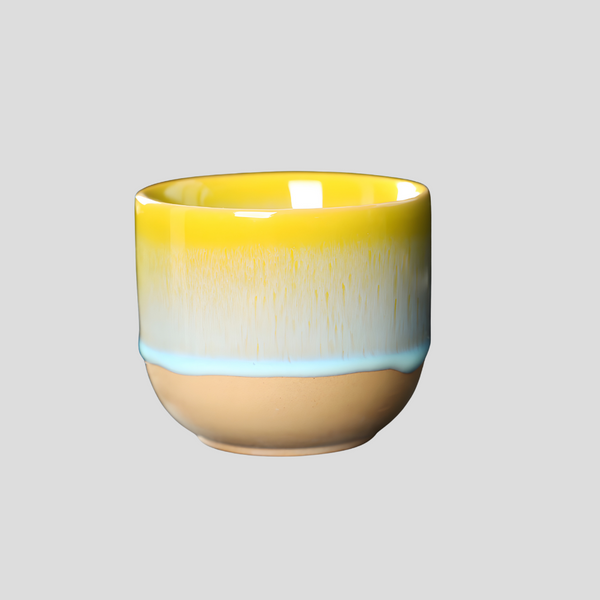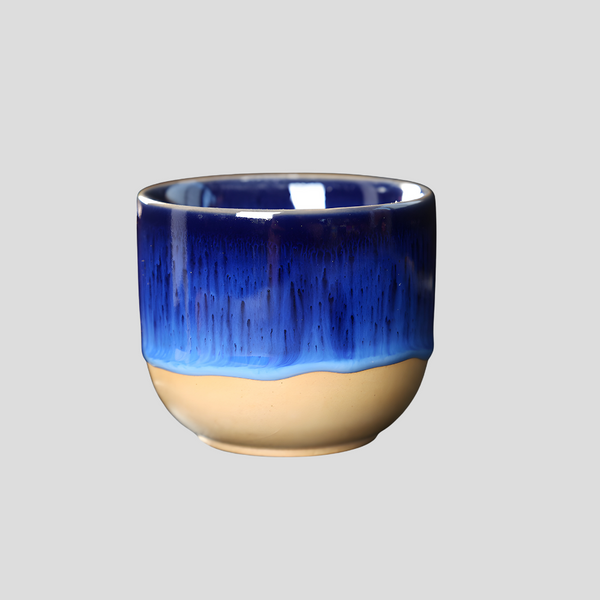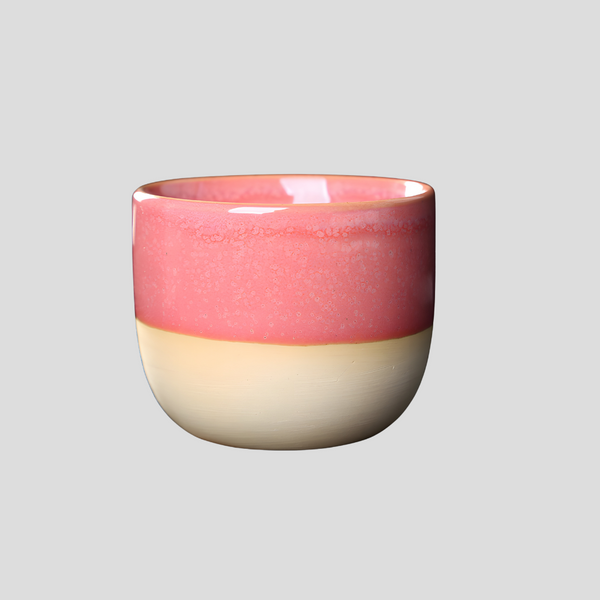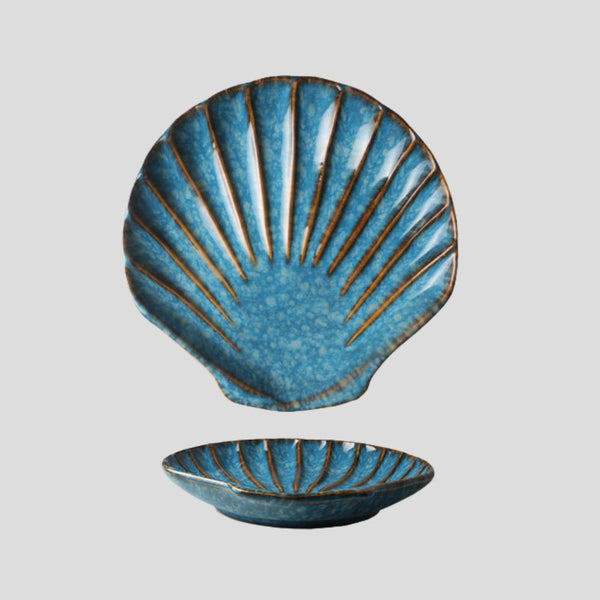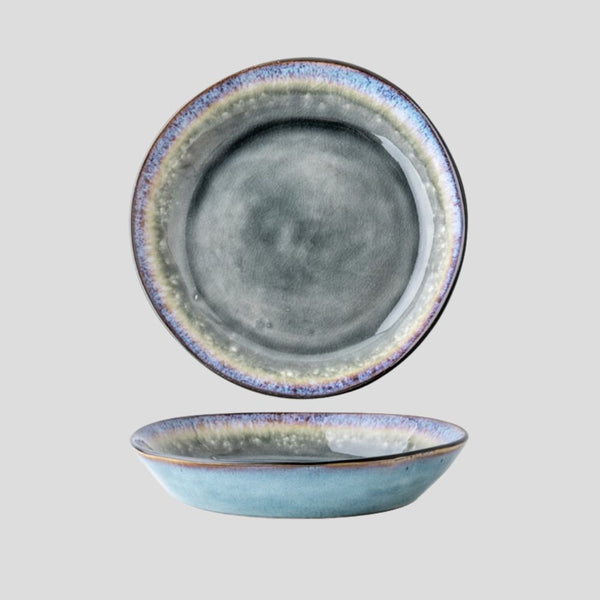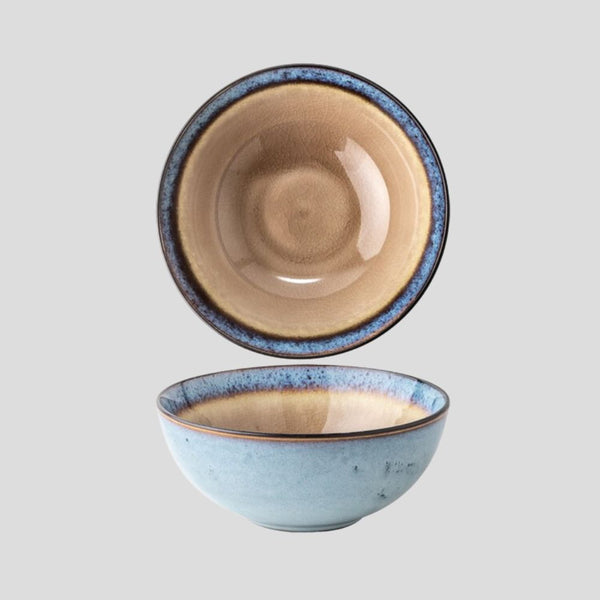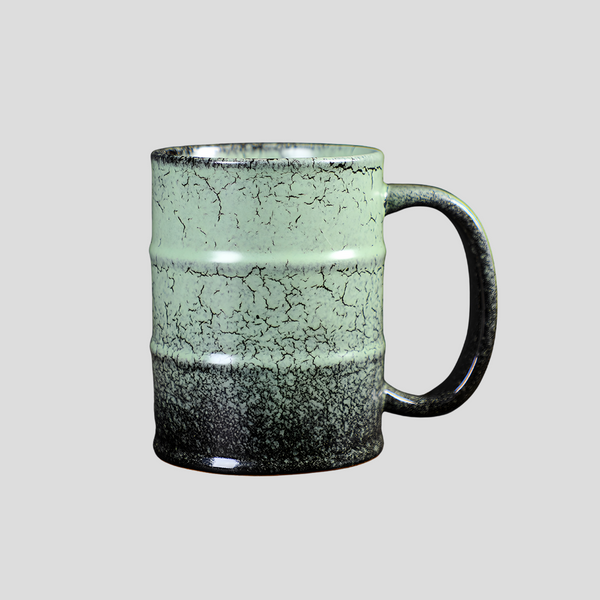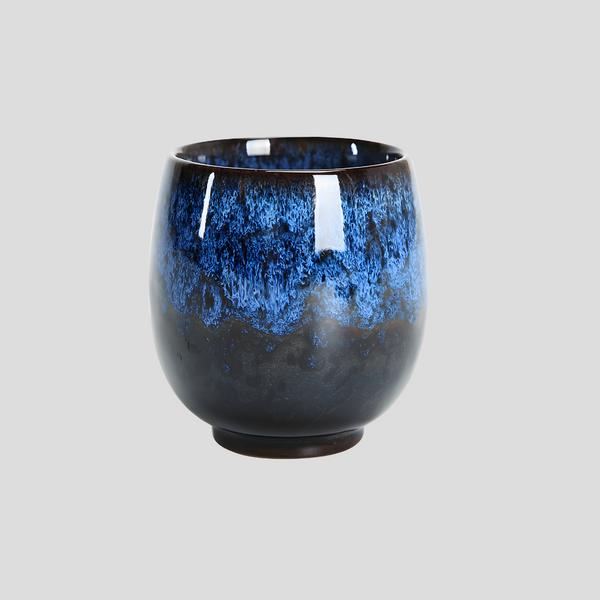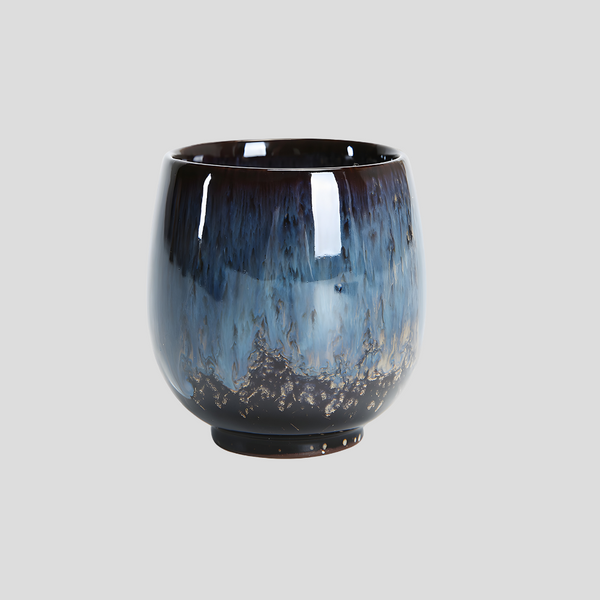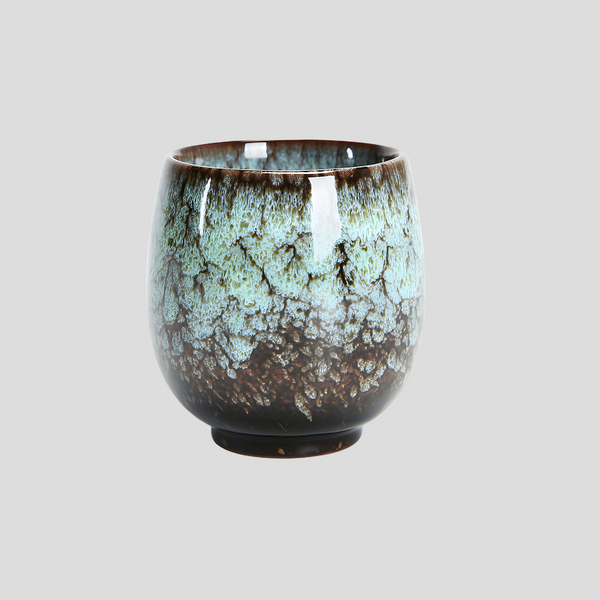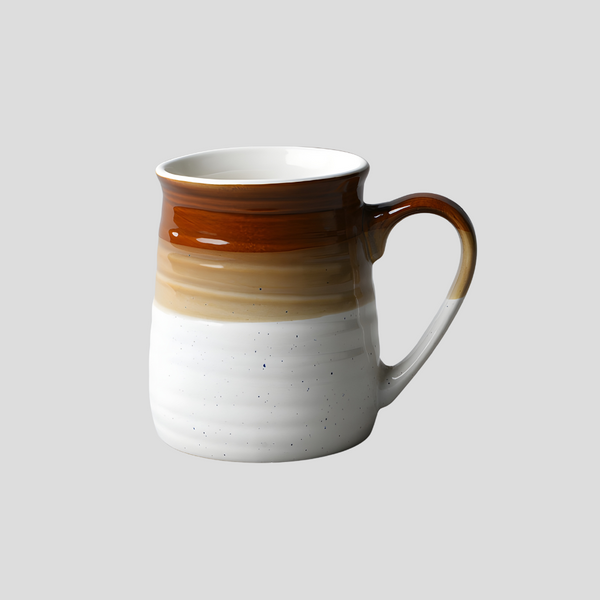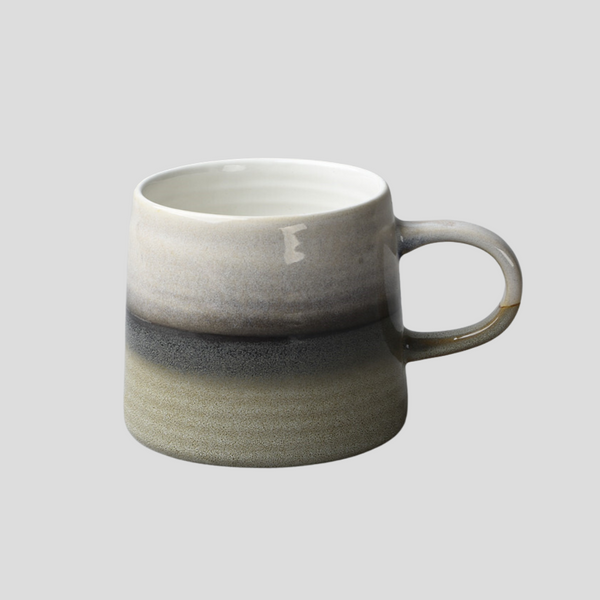
Green Ceramics: The Path to Eco-Friendly Pottery
Green Ceramics: The Path to Eco-Friendly Pottery
As our society increasingly focuses on sustainable living, every aspect of our lives is scrutinized for its environmental impact—including the production and use of ceramics. Pottery, one of the oldest human crafts, is undergoing a green transformation. Green Ceramics, or Eco-Friendly Pottery, represents a movement within the ceramics industry and among hobbyists to adapt more environmentally friendly practices. This article explores the various dimensions and practices of Green Ceramics, highlighting how this ancient art form is evolving to meet the demands of the 21st century.
Understanding the Environmental Impact
Traditional ceramic production can have a significant environmental footprint. From the mining of clay, which can disrupt ecosystems, to the high energy consumption required for kiln firing, pottery isn't inherently eco-friendly. Additionally, the use of toxic glazes and finishes can pose health risks and environmental hazards. Recognizing these challenges, artisans and manufacturers are exploring ways to minimize their impact without compromising the beauty and functionality of their creations.
Raw Material Sourcing and Use
The foundation of Eco-Friendly Pottery starts with the raw materials. Artists are prioritizing the use of locally sourced, natural clays to reduce transportation emissions. Furthermore, by utilizing reclaimed and recycled clay from other projects or industries, they are not only minimizing waste but also conserving natural resources. This closed-loop system of material use is a hallmark of sustainable practices in pottery.
Energy-Efficient Firing Techniques
One of the most energy-intensive steps in ceramic production is the firing process. Kilns traditionally operate at extremely high temperatures for extended periods, leading to substantial energy use. Innovations in kiln design and operation are central to the Green Ceramics movement. Alternative firing methods, such as solar-powered or biofuel kilns, are beginning to gain traction. Additionally, many potters are adopting low-fire glaze techniques, which require less energy to achieve a durable and attractive finish.
Non-Toxic Glazes and Finishes
The toxicity of certain ceramic glazes and finishes has long been a concern, both for artisan health and environmental safety. Lead-based and other toxic compounds found in traditional glazes are being replaced by non-toxic and lead-free alternatives. These safer materials not only reduce the risk of contamination but also ensure that the final products are safe for everyday use, particularly in items like dishware and cookware.
Reusing and Recycling Ceramic Waste
In the creation of ceramics, waste is inevitably produced. Green Ceramics emphasizes the importance of reclaiming and recycling these materials. Ceramic waste can be ground down and reincorporated into new clay bodies or used as grog. Moreover, broken or defective pieces can be creatively repurposed or recycled, rather than being discarded in landfills. This approach not only conserves resources but also inspires innovation in design and production.
Embracing a Circular Economy
At the heart of the Eco-Friendly Pottery movement is the concept of a circular economy. This economic system aims to eliminate waste and the continual use of resources by designing products with their lifecycle in mind. By adopting practices that extend the lifecycle of their products, such as offering repair services or taking back old items for recycling, ceramicists can significantly reduce the environmental impact of their work.
Conclusion
Green Ceramics represents a convergence of ancient skills and modern sustainability principles. By rethinking materials, processes, and the lifecycle of ceramic products, artisans and manufacturers are proving that it is possible to reduce the environmental impact of pottery. This shift not only helps protect our planet but also enriches the craft with new innovations and practices that ensure its relevance for generations to come. As consumers become more environmentally conscious, the demand for Eco-Friendly Pottery is likely to grow, further driving the evolution of green practices in this timeless art form.
Click this link to check out our ceramic artwork!
